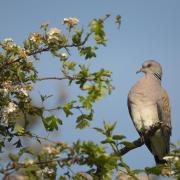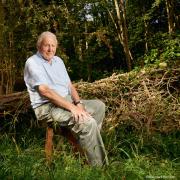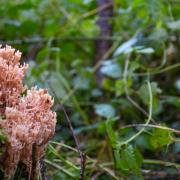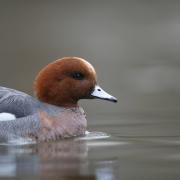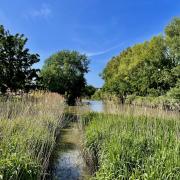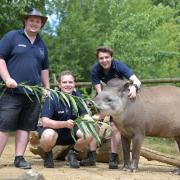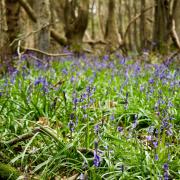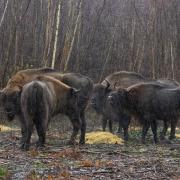The humble roadside verge is often home to many valuable plant and animal species
Our roads are congested, fast and polluted. Not perhaps a location easily imagined to be one of wildlife activity, natural beauty and rarity.
However, one of the best-kept secrets of the Kent countryside is the roadside verge – although many are litter strewn, forgotten and impenetrable.
But this is by no means the full picture, for many plant and animal species survive and indeed thrive, having made the humble roadside verge their safe haven.
Native grassland plants flourish, as they have largely avoided the applications of pesticides, herbicides and fertilisers.
It may surprise you to know that in Great Britain verges have been recorded as breeding habitat for 20 out of 50 mammal species, 40 out of 200 bird species, all six reptiles, five out of six amphibian species and 25 out of 60 butterfly species.
In Kent alone there are 8,000km of roads, many of which contain rare species on their verges. Most importantly, they have the potential to act as corridors – links between different habitats and landscapes and helping species, particularly the vital pollinators such as bees, move through the wider countryside.
These green corridors may also offset some of the impacts of climate change on wildlife, allowing species to shift their range and adapt to warmer conditions.
Roadside Nature Reserves (RNRs) are stretches of roadside verge that hold valuable species and are often fragments of what was a more widely extensive habitat. They have a significant role to play in the conservation of these species and habitats.
The Roadside Nature Reserve project in Kent has been run by Kent Wildlife Trust and funded by Kent Highways Services since 1994. Working with Kent Highways and local authorities, there are now 153 RNRs, stretching for a total of 90km, in Kent and Medway. Most of these are easily recognised by a distinctive blue and yellow sign.
A good example of this partnership in action is in the Maidstone District, where conservation work is carried out on a suite of chalk grassland RNRs along the A249. These verges support a stunning array of chalk-loving flowers, such as carline thistle, eyebright, fairy flax and at least eight species of orchid.
On one particular site, hairy rock-cress, a county-rare plant grows, and has increased in number and spread along the verge since Kent Wildlife Trust began cutting and clearing the scrub each year.
Kent Wildlife Trust is also battling with the serious issue of litter and fly-tipping which is blighting Kent’s verges and killing its wildlife. This is partly kept under control thanks to a dedicated team of volunteers who carry out periodic litter picking expeditions on its most precious RNRs.
So whether you are out driving, cycling or walking through the glorious Kent countryside this spring, keep your eyes peeled for the little sunshine-yellow sign with the blue butterfly. n




